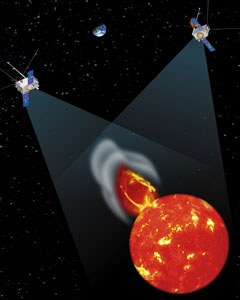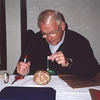The twin STEREO spacecraft have different views of the Sun. By combining pictures from the two spacecraft, we can create 3D stereoscopic views of the Sun and CMEs.
Click on image for full size
Image courtesy of NASA/Johns Hopkins University Applied Physics Laboratory.
Solar TErrestrial RElations Observatory (STEREO) Space Mission
Solar TErrestrial RElations Observatory (STEREO) is a NASA
space mission to study the Sun and Coronal Mass Ejections (CME).
STEREO was launched in October 2006. The mission involves two identical spacecraft. After launch, the two spacecraft flew by the Moon on slightly different paths. The Moon's gravity redirected the spacecraft; one was flung forward along Earth's orbit around the Sun, while the other was steered backward along Earth's orbit.
The separated spacecraft have different views of the Sun. By combining simultaneous views from both spacecraft, scientists can create 3D stereoscopic images of the Sun and of the huge "solar storms" that sometimes blast outward from it.
You might also be interested in:
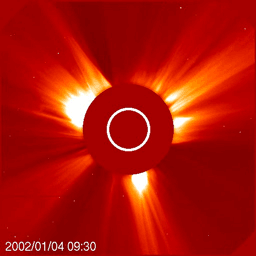
"Without warning, the relatively calm solar atmosphere can be torn asunder by sudden outbursts of a scale unknown on Earth. Catastrophic events of incredible energy...stretch up to halfway across the visible
...more
On Earth, certain conditions in our atmosphere give rise to powerful storms - thunderstorms, blizzards, tornadoes, hurricanes, and the like. The Sun also has an atmosphere, and incredible storms that dwarf
...more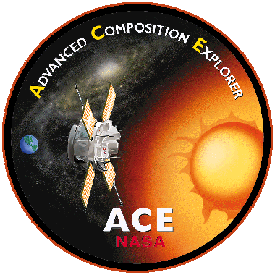
The ACE (Advanced Compostion Explorer) was launched aboard a Delta II rocket in August 1997. This unique NASA mission will run a minimum of 2 years (with an expected lifetime of over 5 years). This mission
...more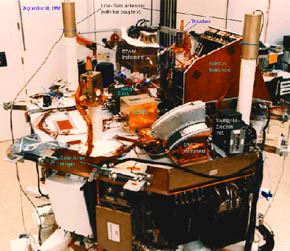
The ACE spacecraft consists of a two-deck irregular octagon, about 1.6 meters (65 inches) across and about 1 meter (40 inches) high. Eight of the scientific instruments which measure a variety of particle
...more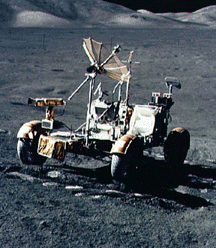
Astronauts Eugene Cernan, who had flown on Apollo 10, and Harold Schmitt, a professional geologist, were the last humans to walk on the Moon, in the final mission of the Apollo space program. Together
...more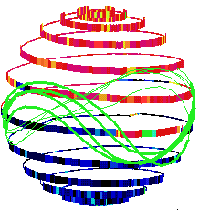
This image shows the magnetic field polarity that Ulysses measured while traveling from 80 degrees South to 80 degrees North during 1994-1995. The measurements have been mapped onto a sphere corresponding
...more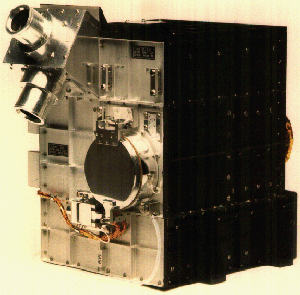
COSPIN is one of the instruments onboard the Ulysses spacecraft. COSPIN stands for the COsmic and Solar Particle INvestigation. The COSPIN instrument is actually made up of 5 different sensors: the Dual
...more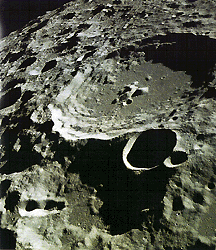
With increased confidence from the success of their Sputnik missions, the Soviet Union launched 24 Luna spacecrafts to the Moon, between 1959 and 1976. 15 were successful, each designed as either an orbiter
...more


